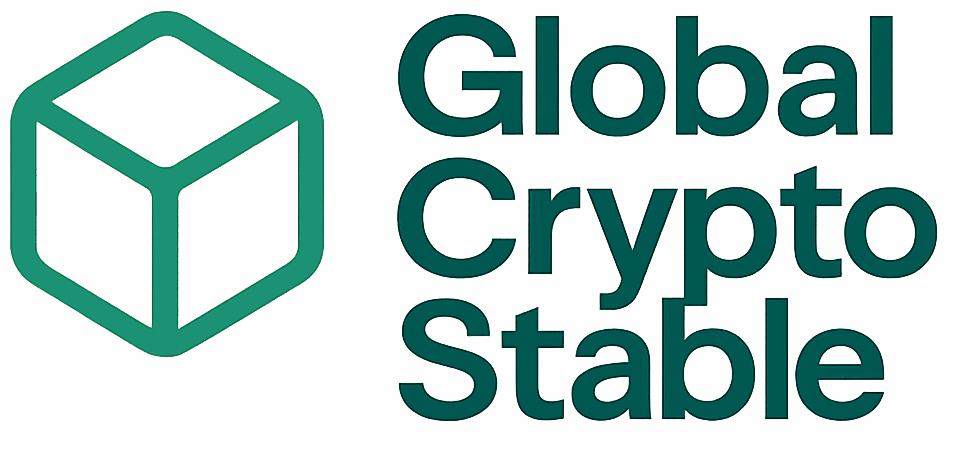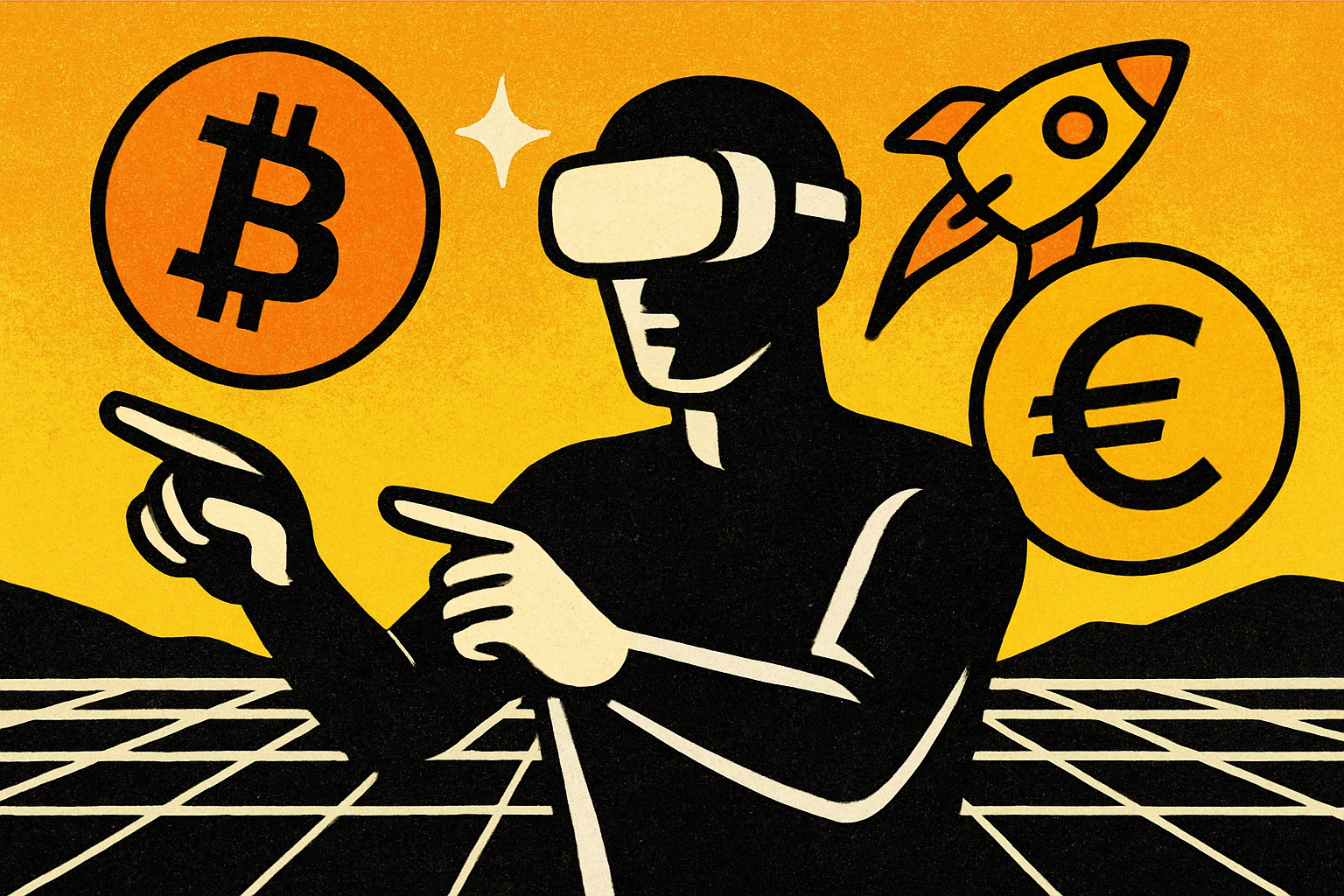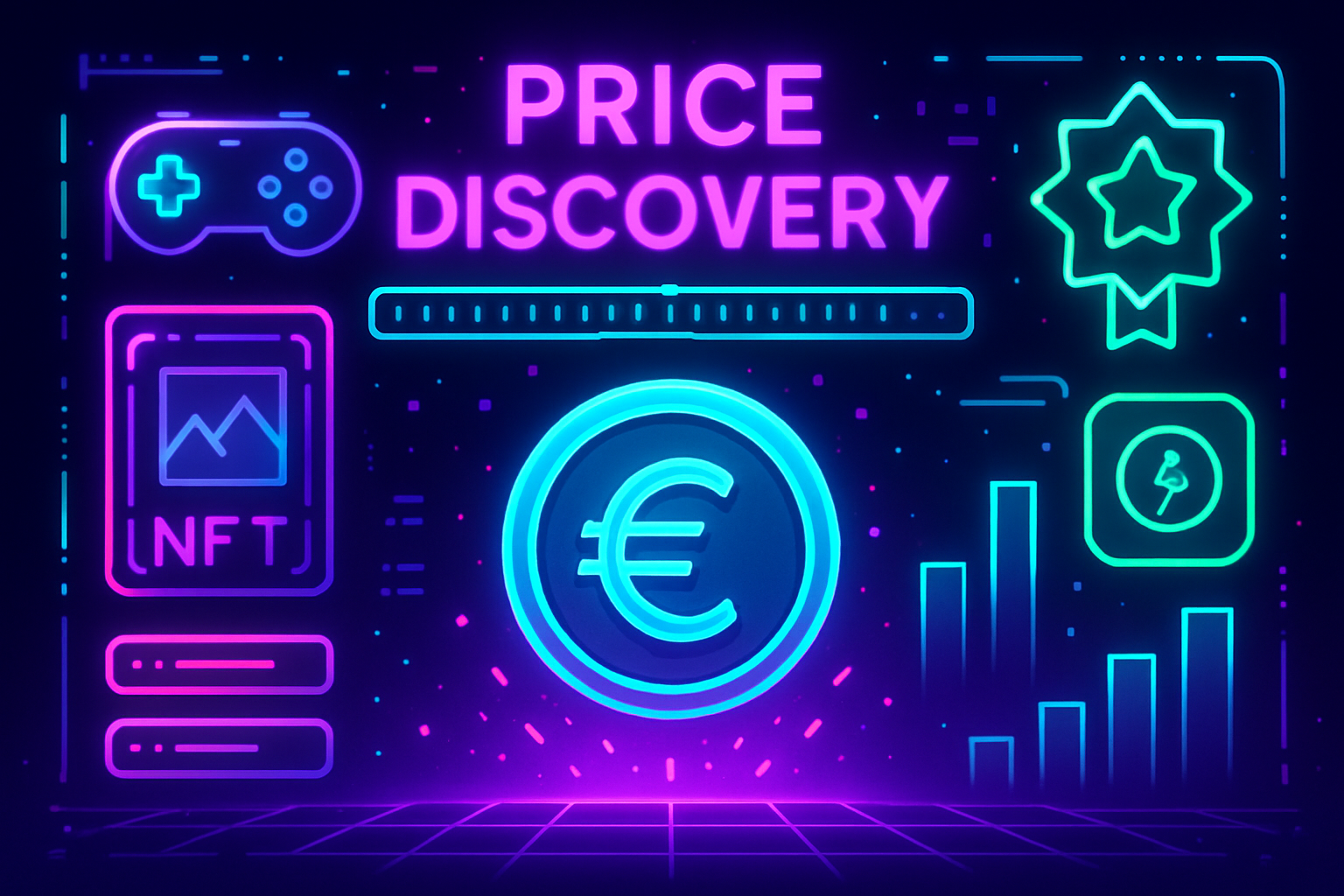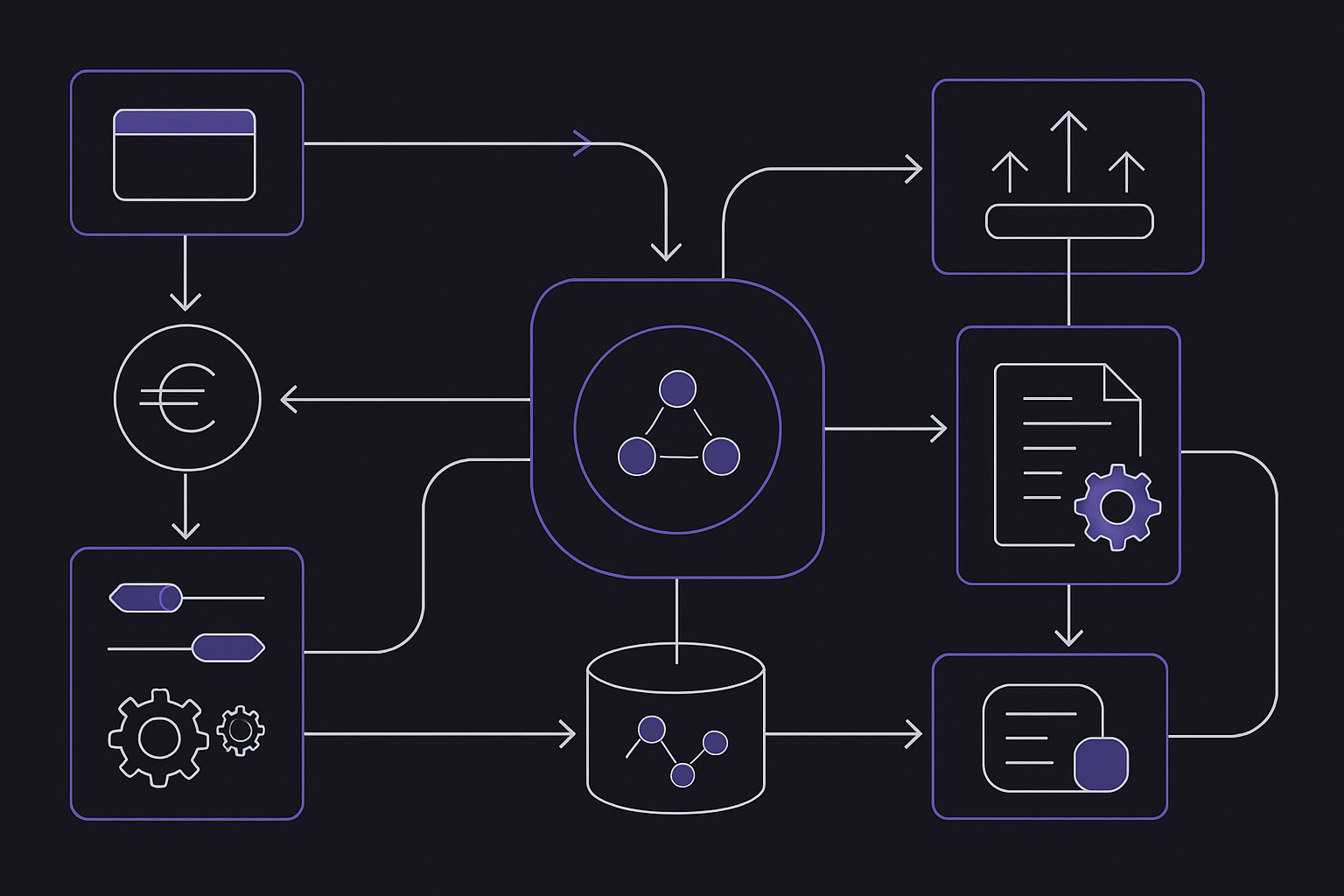Nine Major European Banks Join Forces for a 2026 Euro Stablecoin Launch
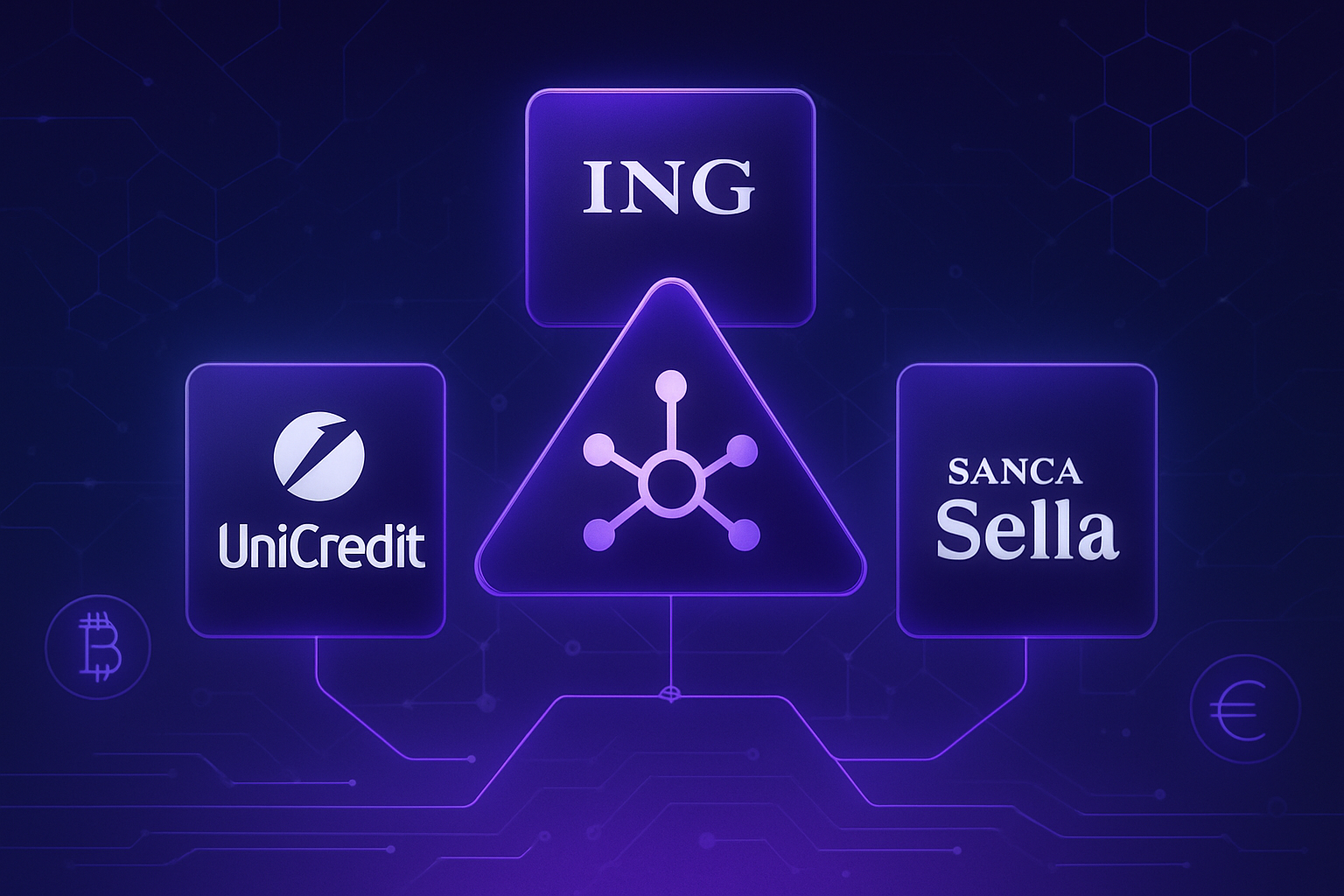
The European stablecoin landscape is entering a pivotal new phase. In a move set to reshape digital payments across the continent, nine leading European banks have formed a consortium to launch a euro-denominated stablecoin by the second half of 2026. This initiative brings together UniCredit (Italy), ING (Netherlands), Banca Sella (Italy), KBC Group (Belgium), Danske Bank (Denmark), DekaBank (Germany), SEB (Sweden), CaixaBank (Spain), and Raiffeisen Bank International (Austria): a coalition representing both regional diversity and significant market influence. Their joint venture aims to deliver a MiCAR-compliant digital asset, directly challenging the dominance of USD-backed stablecoins such as USDT and USDC in Europe.
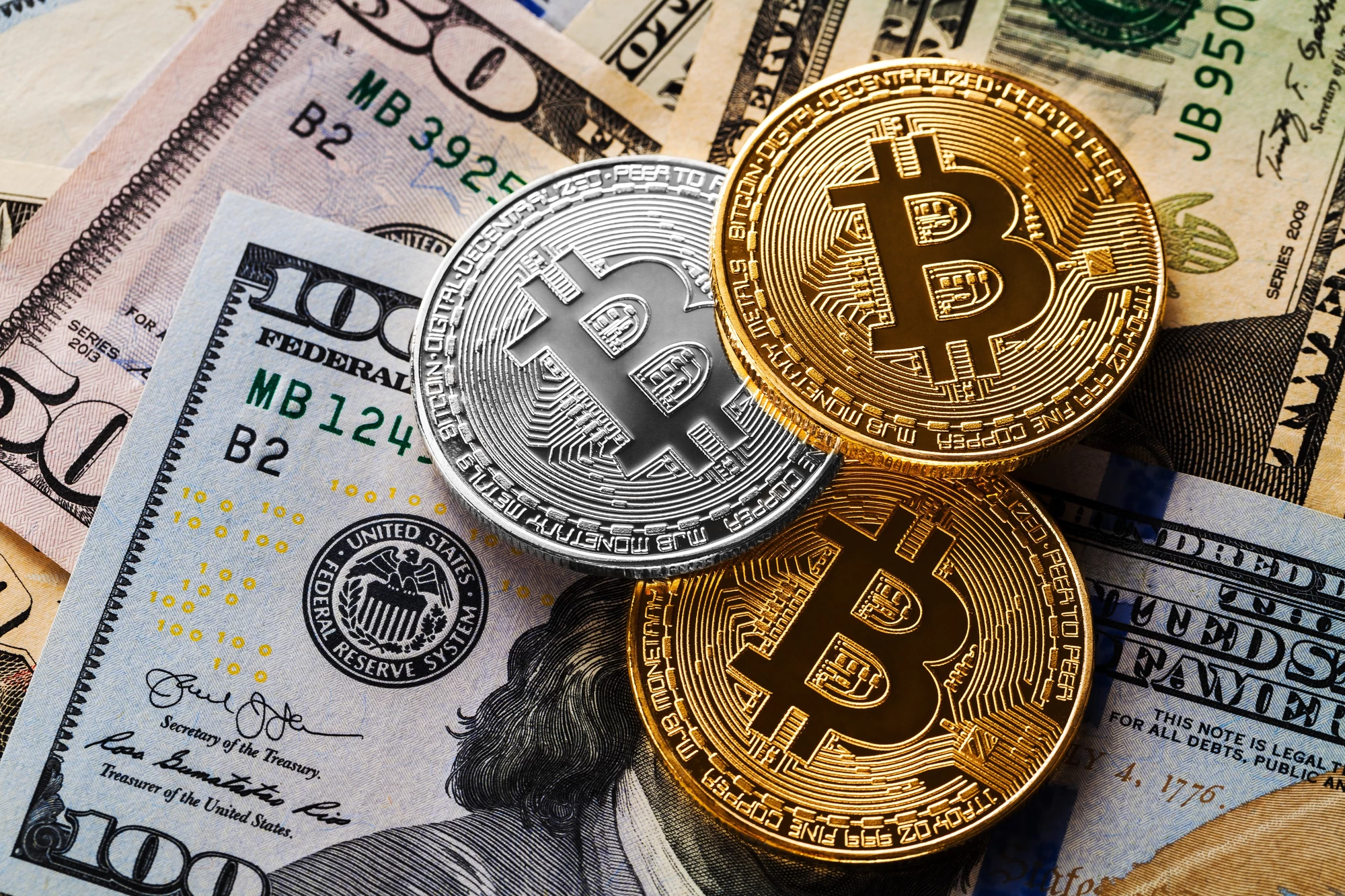
Why Are Europe’s Banking Giants Entering the Stablecoin Arena?
For years, European crypto users and institutions have relied on dollar-based stablecoins, even for euro-denominated transactions. This dependence exposes the region to foreign exchange risks and limits sovereignty over core payment infrastructure. The new euro stablecoin, developed under the strict regulatory oversight of the EU’s Markets in Crypto-Assets Regulation (MiCAR), is designed to address these vulnerabilities.
By establishing a new company in the Netherlands and seeking licensing as an e-money institution under Dutch Central Bank supervision, the consortium signals its commitment to transparency, regulatory compliance, and operational resilience. The project is open to additional banks joining and expects to appoint a CEO soon, pending regulatory approval.
Nine Major European Banks Powering the 2026 Euro Stablecoin
-

UniCredit (Italy): One of Europe’s largest banking groups, UniCredit brings extensive cross-border expertise and a strong presence in the eurozone to the consortium.
-

ING (Netherlands): A leading Dutch multinational bank, ING is renowned for its digital innovation and robust European retail banking network.
-
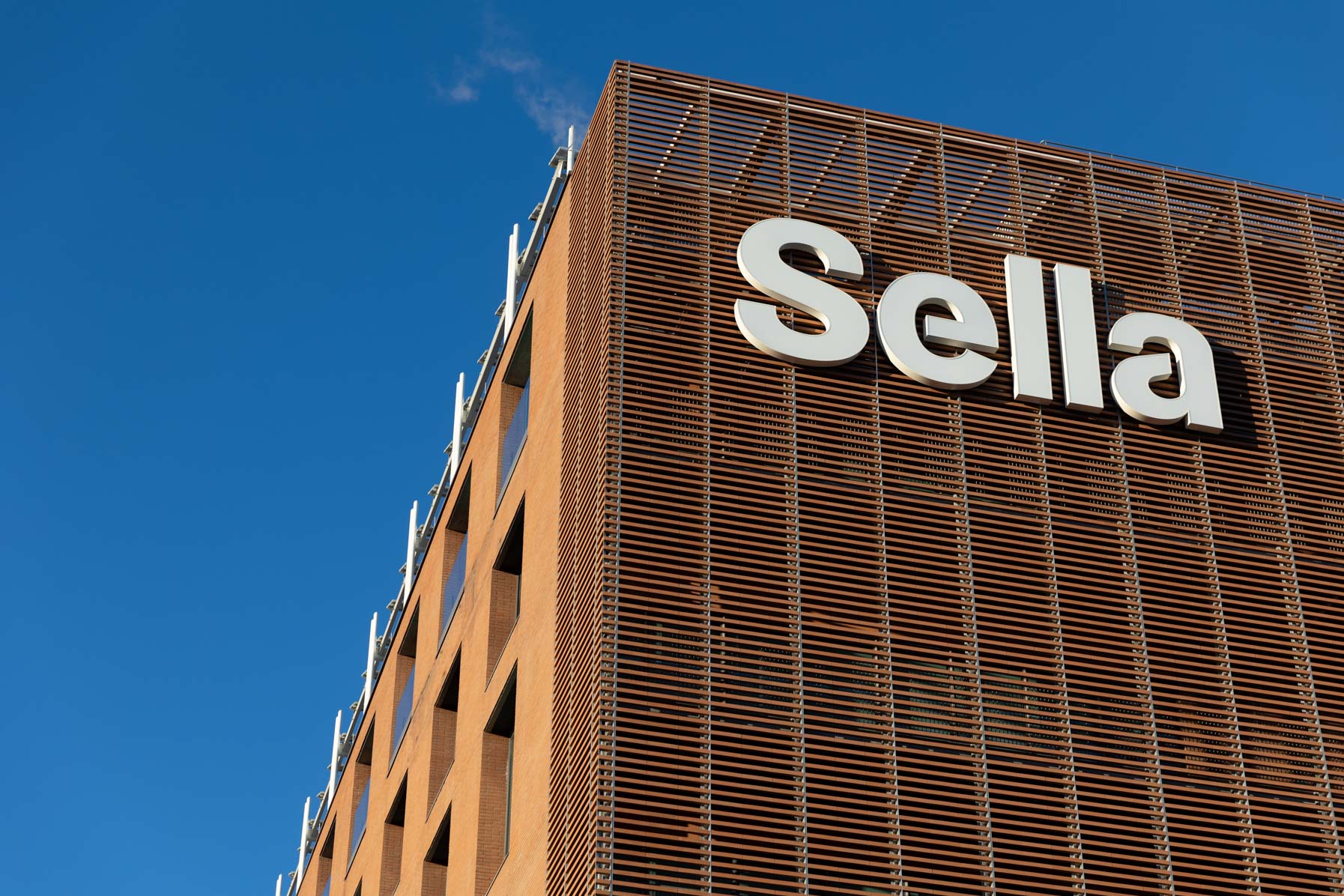
Banca Sella (Italy): An Italian bank with a history of fintech adoption, Banca Sella is known for supporting digital payment solutions and open banking initiatives.
-

KBC Group (Belgium): KBC is a major Belgian financial institution with a strong focus on digital transformation and banking innovation across Central Europe.
-

Danske Bank (Denmark): Denmark’s largest bank, Danske Bank is recognized for its digital banking services and leadership in Nordic financial markets.
-

DekaBank (Germany): As the central asset manager for Germany’s savings banks, DekaBank brings institutional expertise and a strong regulatory track record.
-

SEB (Sweden): Skandinaviska Enskilda Banken (SEB) is a leading Swedish financial group with a focus on corporate banking and digital financial solutions.
-
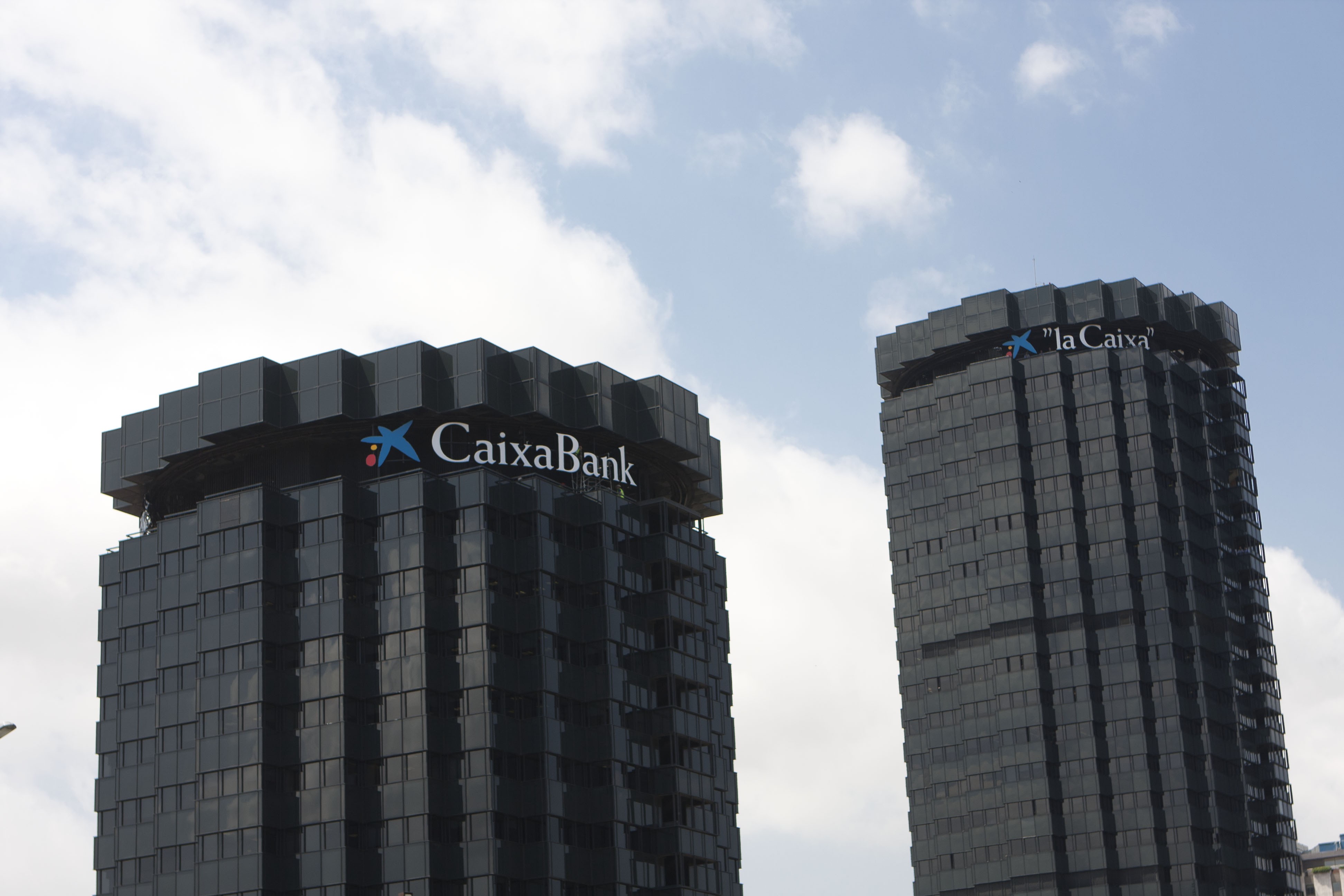
CaixaBank (Spain): One of Spain’s largest banks, CaixaBank is known for its advanced digital banking platforms and broad retail presence.
-
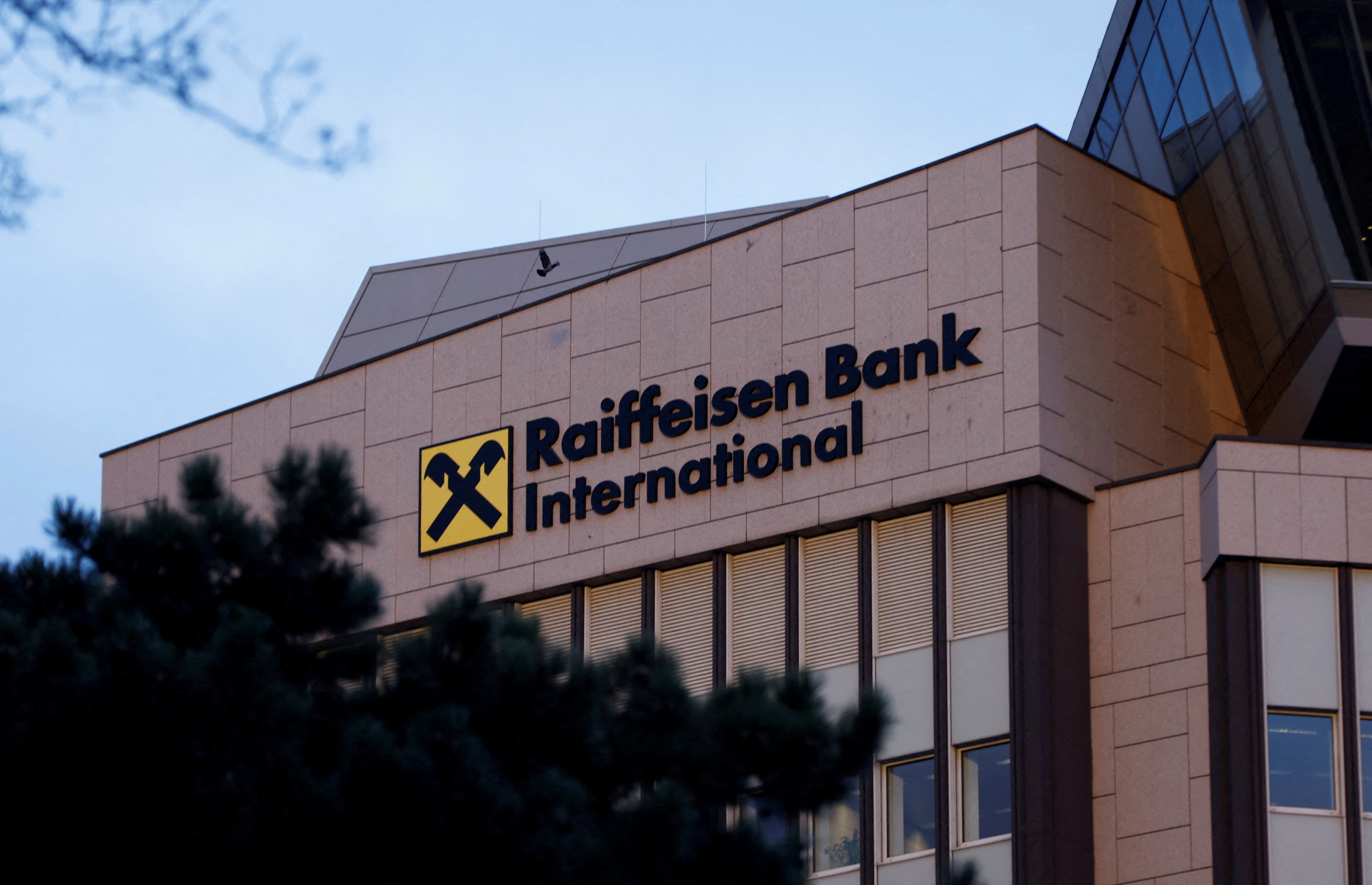
Raiffeisen Bank International (Austria): A prominent Austrian bank with a strong footprint in Central and Eastern Europe, RBI is committed to digital innovation and cross-border finance.
Consortium Banks: Market Power and Strategic Reach
The nine banks involved are not only financial heavyweights in their respective countries but also key players in pan-European payment networks. Here’s what each brings to the table:
- UniCredit (Italy): One of Europe’s largest banking groups with extensive corporate and retail networks.
- ING (Netherlands): Renowned for digital innovation and cross-border banking solutions.
- Banca Sella (Italy): A pioneer in fintech and open banking initiatives.
- KBC Group (Belgium): Leading provider of integrated bank-insurance services.
- Danske Bank (Denmark): Dominant Nordic player with advanced payment infrastructure.
- DekaBank (Germany): Central asset manager for German savings banks.
- SEB (Sweden): Major force in corporate banking and Nordic financial markets.
- CaixaBank (Spain): Spain’s largest retail bank and digital banking leader.
- Raiffeisen Bank International (Austria): Central and Eastern European network strength.
This diverse alliance ensures broad eurozone coverage and positions the stablecoin for rapid adoption across retail, corporate, and institutional use cases.
What Sets This Euro Stablecoin Apart?
Unlike previous private stablecoins or pilot projects, this initiative is built for scale and regulatory robustness from day one. The euro stablecoin will be fully reserved and designed to operate under MiCAR’s strict standards for transparency, consumer protection, and anti-money laundering. The consortium’s focus on interoperability means seamless integration with existing payment rails and digital asset platforms, a critical advantage as Europe pushes for digital sovereignty.
Moreover, by offering near-instant settlement, programmable payments, and 24/7 cross-border transaction capabilities, the stablecoin aims to unlock efficiencies not just in crypto trading but also in supply chain finance, e-commerce, and wholesale banking. This is particularly relevant as the ECB continues to weigh the risks of privately issued digital currencies versus public sector solutions like the Digital Euro (Reuters).
